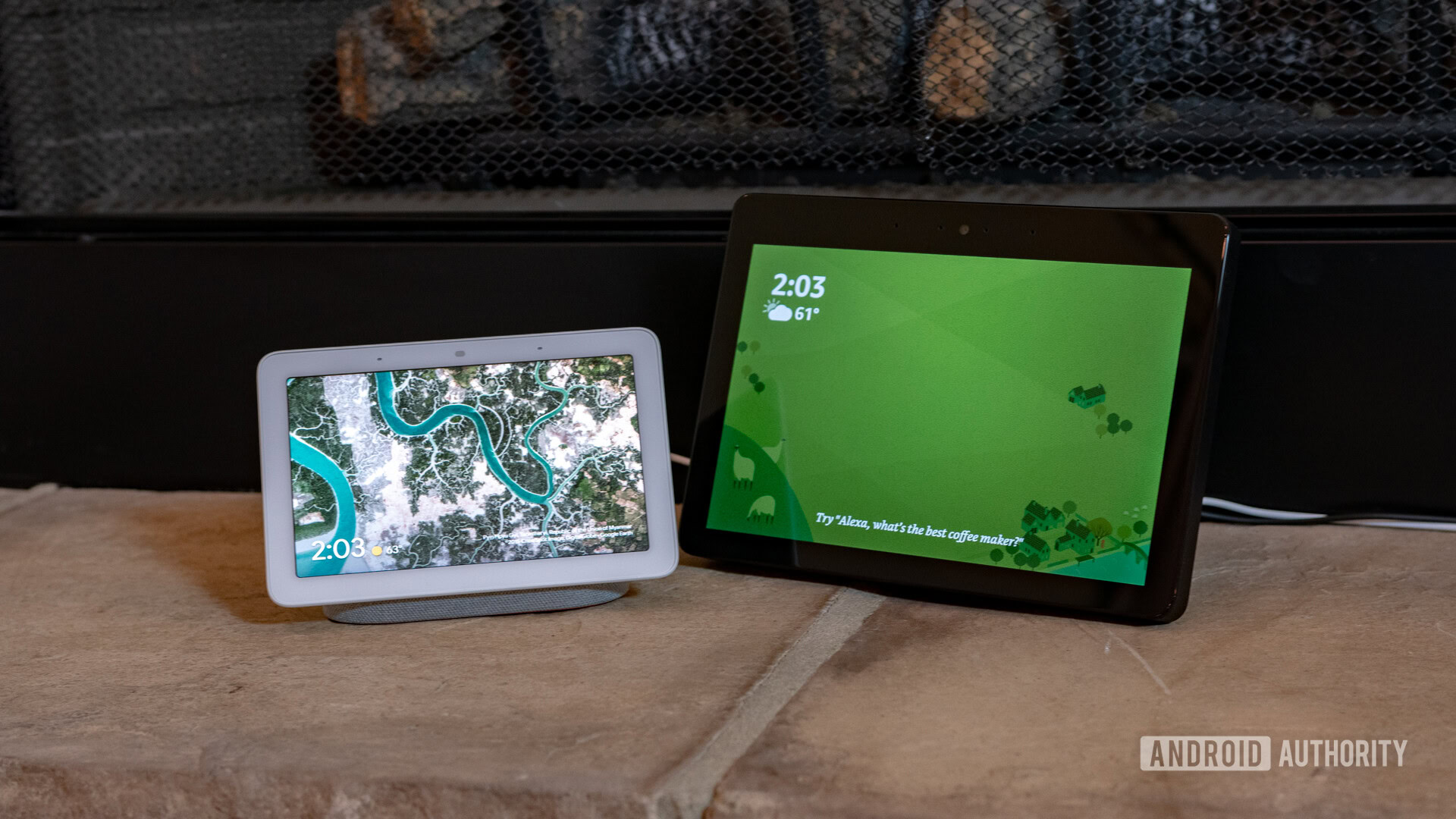
You can check if your port 80 is open using this tool.Įxpose_by_default: will determine if all of your Home Assistant devices will be exposed to Alexa. Listen_Port: 80 is the default port that Alexa needs to use to communicate, make sure this isn’t closed off, I have read that without this port being open, this method cannot work.

If you haven’t already, I would recommend assigning it a static IP address in your router, because otherwise each time it is reassigned Alexa won’t be able to find your devices. Host_IP will be the internal IP address of your Home Assistant. Emulated Hue configuration.yaml Setupīelow is the text you need to paste into your Home Assistant configuration file, and also a screenshot of my specific file as a guide.Įmulated Hue: Type: Alexa because we want to integrate this with Alexa, previous versions have worked with Google Home, but I don’t think it does anymore, you need to use Home Assistant Cloud.

Thankfully the integration is actually really simple, but just a little tedious.

Side note: This DOES WORK if you already have a Philips Hue bridge integrated with Alexa, they don’t seem to interfere at all.Īll of the work is done in the configuration.yaml file, so that’s where we will go now. Things you’ll need: a working instance of Home Assistant an Alexa device and a phone with the Alexa app installed. So if you would like to add your Home Assistant devices to Alexa for free, this guide will take you from start to finish, and thankfully won’t require any upkeep (so far at least). There weren’t a many up to date guides to get this Emulated Hue hack to work, but after some messing around, I was able to get it to work and thus this guide was born. It will show up as a light in the Alexa app, but who cares, if you still get the functionality. Now for some of you that have a ton of various devices, this still may work, especially if they are devices that only have two states, on or off. The only downside was that it could only see the devices as lights, but considering all I really wanted to integrate were my Z-Wave light switches, this was perfect! The lucky third option was a workaround by which you trick Alexa into thinking that your Home Assistant is actually a Philips Hue Hub, aptly named “ Emulated Hue”. The second option was to make a custom Alexa skill, which involved having an Amazon Developers account, and upon surface level research, seemed like too fiddle to spend my time on. It’s only $5, which isn’t much, but for my lowly half dozen Z-Wave devices, it seemed unnecessary.

There are three main ways of getting Home Assistant to work with Alexa.įirstly you can sign up for Home Assistant Cloud, which is a monthly subscription service that gives you cloud access to your Home Assistant, and allows for integrations with other services such as Alexa. So surely there have been other people like myself that wanted this same kind of functionality out of their smart home, and thankfully, there were. This is something that my wife and I have become very accustomed to, and was not a feature I was willing to give up for the sake of all local control after all, my SmartThings based smart home had been working like a charm for years now.


 0 kommentar(er)
0 kommentar(er)
